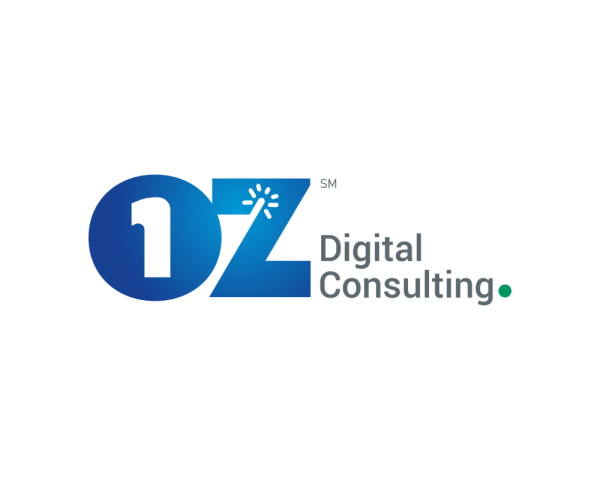Data, data everywhere. Data has gone from scarce to superabundant, but actual information remains elusive. Turning data into information, and information into action is the goal. For carriers, this brings huge benefits — but comes with big challenges.
All this data is scattered across systems, applications, and devices — and is not available in a unified, accurate, relevant, or secure view. Combining all of these data sources is not enough: you will still have to transform this raw data into actionable insights – a formidable task.
But first the question you need to ask: is the data you have the data you want?
Not All Data Is Good Data
In the insurance industry, the accuracy of data is paramount. The efficiency of the claims process is contingent upon the adjuster's ability to verify a claim, which is based on having accurate data. The foundation of claims automation is also accurate data, both structured data from the system and unstructured data from the filing to determine the appropriate course of action for each claim. The automation system continually reassesses its previous decisions as new information is added. Attempting this process with inconsistent or "dirty" data can lead to erroneous decisions and a subpar customer experience.
In many instances, data is not synchronized, leading adjusters to prioritize claim outcomes over data quality when managing high caseloads. Similarly, insurance underwriters depend on accurate data for risk assessment, which can influence premiums, policy terms, and profitability. Unfortunately, many insurers are grappling with inaccurate underwriting data, necessitating requests for additional information from agents and customers, leading to both longer decisions and lost business.
For instance, when underwriting and pricing property insurance, carriers often rely on the insured or their agent to provide Construction, Occupancy, Protection, and Exposure (COPE) details about the property. These details enable the insurer to evaluate the potential loss associated with the property and price it accordingly. However, the insured may not always provide accurate information, leading to policy underpricing and increased losses. Utilizing third-party data is not always a solution due to its high cost, and carriers must strike a balance between data quality and turnaround time.
Three Steps to Getting Data You Can Use
Step 1: Data validation and cleansing
You have all the customer data. But do you have the right data validation tools to check for errors and inconsistencies?
With these tools, you can flag any data that doesn't match your requirements. Once you identify errors and inconsistencies, the next step is to clean up the data.
The process involves removing or correcting data to meet well-defined standards. Though time-consuming, it's critical and best done with cross-functional teams and stakeholders. For quality data, you need the support of the front line and everyone responsible for the data.
Step 2: Data integration and analysis
Once the data has been collected, validated, and cleaned, it is ready to be integrated into your systems for analysis. This analysis can provide invaluable insights into customer behavior and risk. However, Property and Casualty (P&C) carriers often rely on legacy systems that are not equipped for data integration. These systems may require additional capabilities to exchange data with modern systems, and integrating this siloed data with newer technologies may necessitate complex transformation. Data integration is more than just combining data sources; it is about generating meaningful insights through advanced analytics capabilities, data modeling, predictive analytics, and machine learning.
Step 3: Data quality management
Data quality management is a continuous process that involves auditing, profiling, and cleaning your data to ensure its accuracy. Regular check-ins with the teams responsible for collecting and maintaining the data (such as CRM and data entry teams) and the stakeholders who use it (such as underwriters, claim adjusters, actuaries, and data scientists) are essential to maintain data quality.
Poor data quality can have detrimental effects on business operations. By integrating your applications and sources and streamlining your processes, you can enhance customer service, mitigate risk, and unlock new revenue streams. This optimization of data management is not merely a technical necessity but a strategic imperative for the insurance industry. Bad data is bad for business.
Murray Izenwasser, Senior Vice President, Digital Strategy
 At OZ, Murray plays a pivotal role in understanding our clients’ businesses and then determining the best strategies and customer experiences to drive their business forward using real-world digital, marketing, and technology tools. Prior to OZ, Murray held senior positions at some of the world’s largest digital agencies, including Razorfish and Sapient, and co-founded and ran a successful digital engagement and technology agency for 7 years.
At OZ, Murray plays a pivotal role in understanding our clients’ businesses and then determining the best strategies and customer experiences to drive their business forward using real-world digital, marketing, and technology tools. Prior to OZ, Murray held senior positions at some of the world’s largest digital agencies, including Razorfish and Sapient, and co-founded and ran a successful digital engagement and technology agency for 7 years.
Sponsored by ITL Partner: OZ Digital Consulting








